What are blue-light-blocking glasses, and do they really work? Here's what experts say.
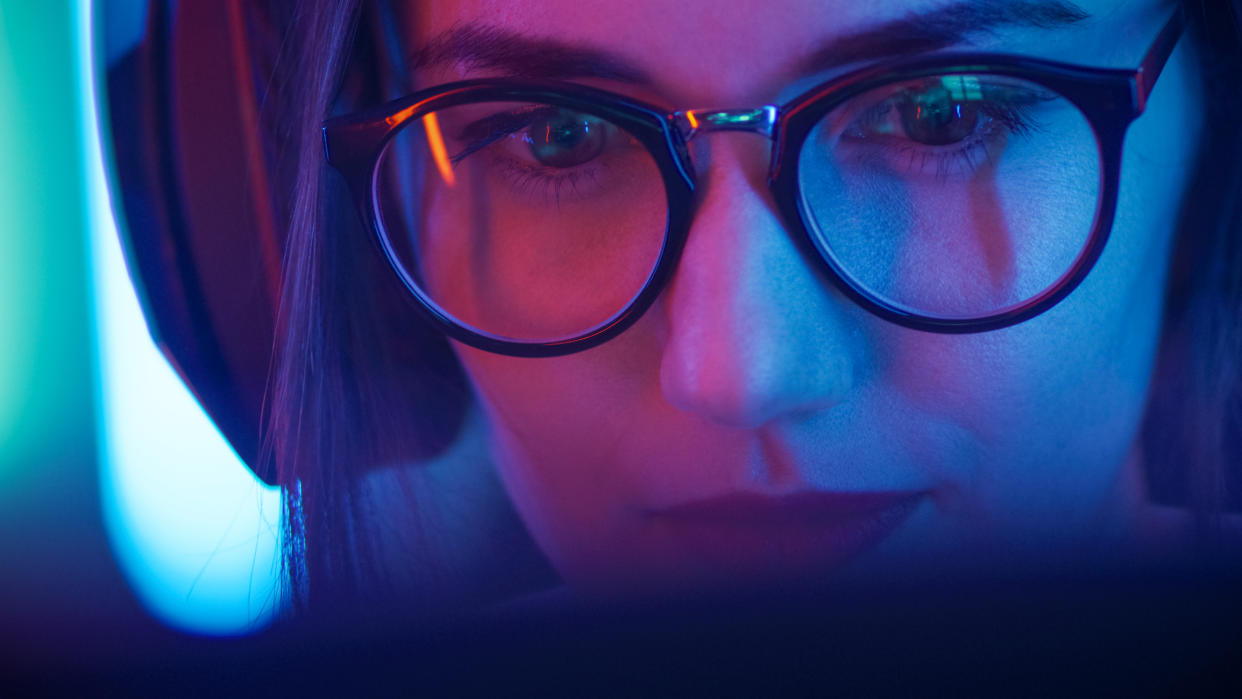
Do you ever get a headache after looking at a computer or phone screen for too long? According to the Vision Council, 59 percent of American adults report feeling symptoms of digital eye strain. Blue-light-blocking glasses are becoming increasingly popular, but do they really work — or are they just the latest fashion trend?
Want daily pop culture news delivered to your inbox? Sign up here for Yahoo’s newsletter.
As an editor, my days always involve looking at a computer screen for upwards of nine hours a day. I don’t usually wear glasses, but if they can reduce my eye strain and help prevent headaches, then sign me up. It doesn’t hurt that these blue-light-blocking glasses are fashionable too. I decided to put them to the test. But first, what is blue light anyway?
What is blue light?
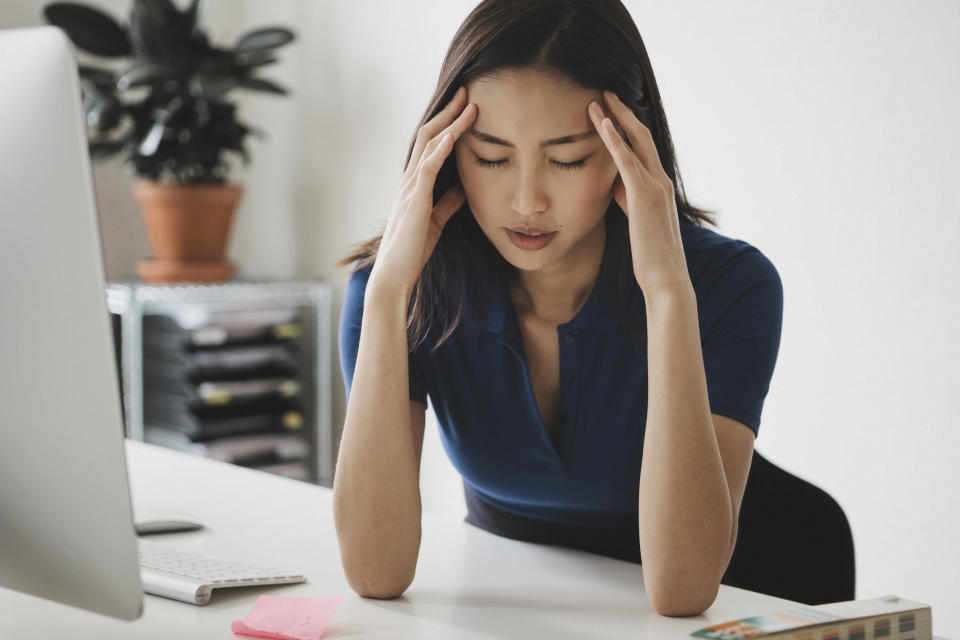
“It’s emitted from your digital devices, artificial lighting and most prominently from the sun,” Amanda Rights, a doctor of optometry and Transitions brand ambassador, told Yahoo Lifestyle. “The sun is actually the largest source of harmful blue light — emitting more than 100 times the amount of harmful blue light from digital devices. But because we are indoors on our screens for an average of nine hours a day, our devices are negatively affecting us as well. Damage from harmful blue light is thought to be cumulative, similar to exposure to UV light, and may increase the risk of developing skin cancer.
“Excessive blue light exposure has been linked to eye strain, fatigue and headaches and, in the long term, can increase your risk of developing retinal damage,” she added.
“You’ve probably read that excessive exposure to blue light before bed, like working too late or scrolling through Instagram, can impact your ability to fall asleep because it suppresses melatonin — a hormone that helps regulate sleep.”
What are blue-light-blocking glasses?

They are glasses designed with blue-light-blocking lenses that, just as the name implies, block damaging blue light. However, the percentage of blue light they block depends on the glasses. In general, they look and feel like ordinary optical glasses with clear lenses. They come in a variety of fashionable colors, styles and shapes — square, round, oval and cat-eye, and in tortoise, black, clear, red, blue and many more shades.
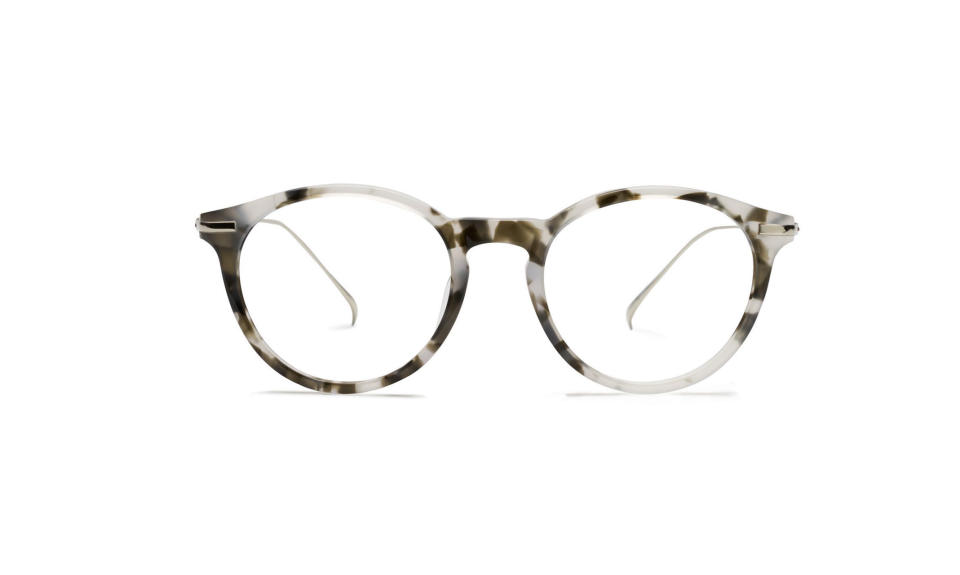
In the past, I’ve always associated blue-light glasses with those unsightly yellow-tinted versions, but now many brands have launched stylish options alongside their normal eyewear assortment. Direct-to-consumer brands like Warby Parker already offer the option to incorporate blue-light-blocking technology in their lenses (for an extra $50), whereas brands like Diff Eyewear, Quay and Covry offer specific blue-light-blocking glasses.
Do they really work?
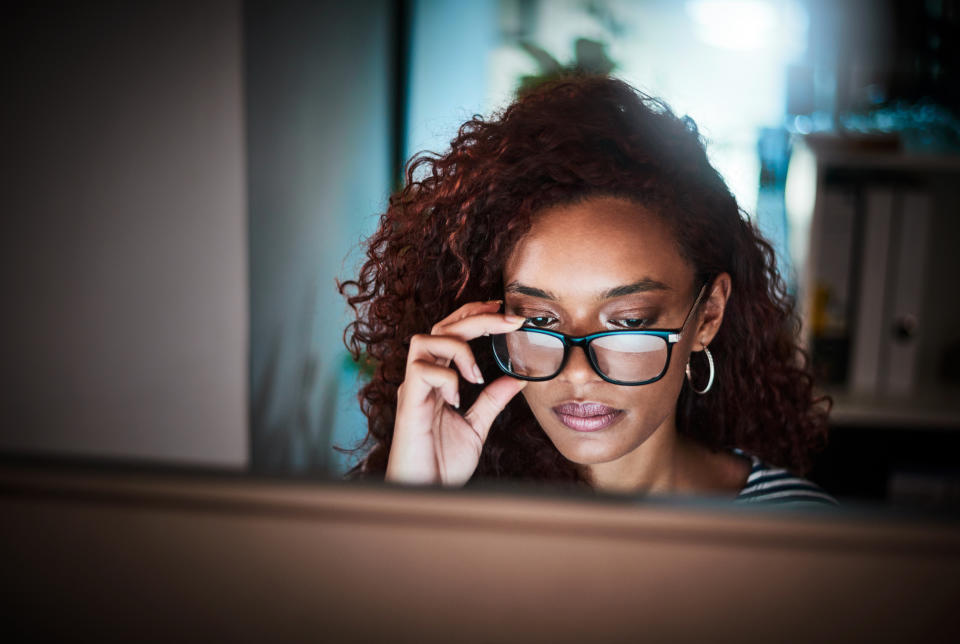
I tested my own pairs of blue-light-blocking glasses from Covry and Diff Eyewear over a period of three months. At first, I didn’t notice any immediate differences. However, over time, I did. I would start my day wearing them or put them on toward the late afternoon as soon as I started to sense my eyes getting fatigued or a headache beginning to form. I have to be honest … they worked! I noticed a reduction in overall headaches and eye strain from staring at my computer screen all day.
But it’s hard for me to confirm 100 percent if it’s truly the glasses alone doing the “magic” — is it part placebo effect, or is it a combination of other elements of my day (e.g., staying hydrated, reducing caffeine intake, taking a break, etc.)? Overall, there’s no doubt blue-light-blocking glasses have become especially popular among our team; four or five editors sport them on the reg. Personally, I recommend everyone to try them. They’re not for everyone, but I do feel they helped reduce my headaches and they look super-chic too — a fashionable accessory with function. What’s better than that?

How much do they cost?
They range in price from $15 to upwards of $100. I noticed a considerable difference between the craftsmanship of an under-$20 pair versus a $65-plus pair, but it’s hard to tell the difference in how much blue light they each filter. According to Rights, “It is virtually impossible for the average consumer to spot the difference between a low- and high-quality pair of lenses. Like most retail experiences, you get what you pay for. Lower-end blue-light-blocking lenses may still be somewhat effective, though they are less durable and do not offer the same warranties as higher-end lenses. In contrast, going to an eye-care provider you trust will ensure you get a quality pair that will fit your lifestyle.”
What do the experts say?

The short answer? There’s not enough research to confirm yes or no.
“Eyeglasses that claim to filter out blue light from digital devices are becoming popular, this is true,” Raj Maturi, MD, clinical spokesperson for the American Academy of Ophthalmology, told Yahoo Lifestyle. “Because there is currently no evidence that blue light or screens are causing any irreversible, permanent damage, the academy does not recommend any special eyewear for computer use. But, of course, your eyes may feel dry and tired after sitting in front of a computer all day. This is from digital eyestrain.”
Maturi suggested alternative tactics to reduce eyestrain. “One example, use the 20/20/20 rule: Every 20 minutes, look into the distance about 20 feet away or leave your desk — for about 20 seconds, minimum. This ‘mini break’ reboots your vision by increasing your blink rate and moving your focal point away from your screen,” he said.
Similarly, Yasha Modi, an assistant clinical professor of ophthalmology at NYU Langone Health, told Yahoo Lifestyle that “there is no evidence that blocking blue light is beneficial to the health of the eye.
“There is also no evidence that blue light inflicts harm upon the eyes,” she continued. “However, this market has certainly expanded tremendously over the last few years … I do not encourage it, and I also do not discourage it given that the absence of evidence may simply represent a lack of clinical studies evaluating the effects of blue light on asthenopia [eye strain] or sleep-wake cycles. Given the amount of digital time we are logging, it is certainly reasonable to study this further.”
What do the reviews say?

Despite limited research on blue light and eye strain, these top-rated reviews attest to the glasses’ positive effects.
“The frames are affordable, the screen lenses are invaluable,” wrote one reviewer for Look Optic’s Abbey glasses ($78). “Since purchasing these a bit over a year ago, I don’t go an 8-hour day without them. If I temporarily misplace or forget them when I need to work in front of a computer screen, I almost instantly regret their absence. If you wear glasses, or spend a good portion of your day straining your irises like I used to, be kind to yourself and purchase a pair of these. When your eyes won’t feel strained at the end of a day, you will not regret your choice.”
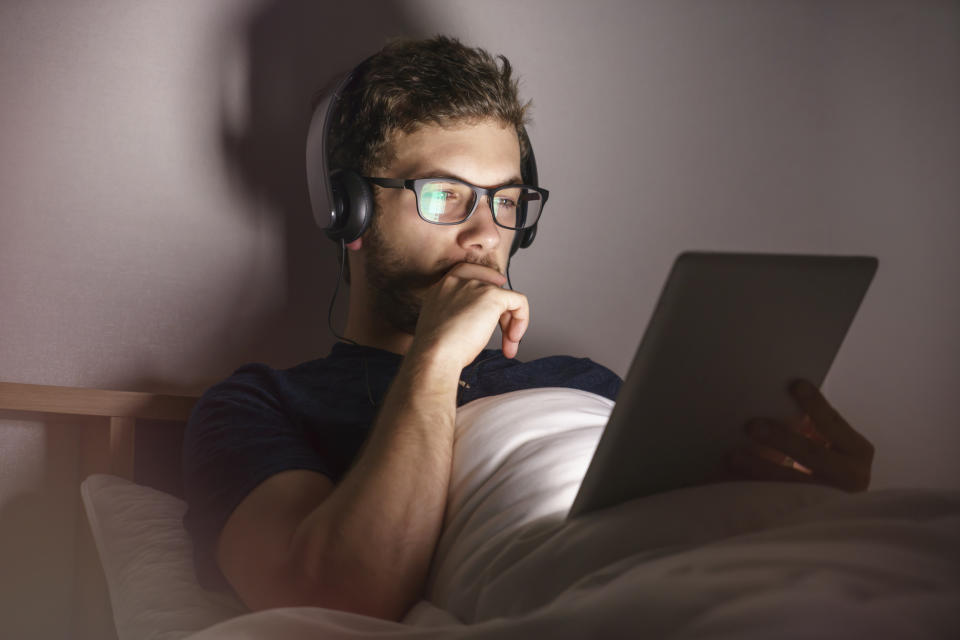
“I’ve been using these blue light blocking glasses for a week now and I can already feel a huge difference in how tired and tense my eyes and face feel after a day at work,” wrote one reviewer for Diff Eyewear’s Gordan ($75). “I suffer from a lot of migraines and I stare at a computer A LOT at work and have been known to scroll through the ‘gram to wind down at night and these babies are honestly life changing. RUN DON’T WALK PEOPLE.”
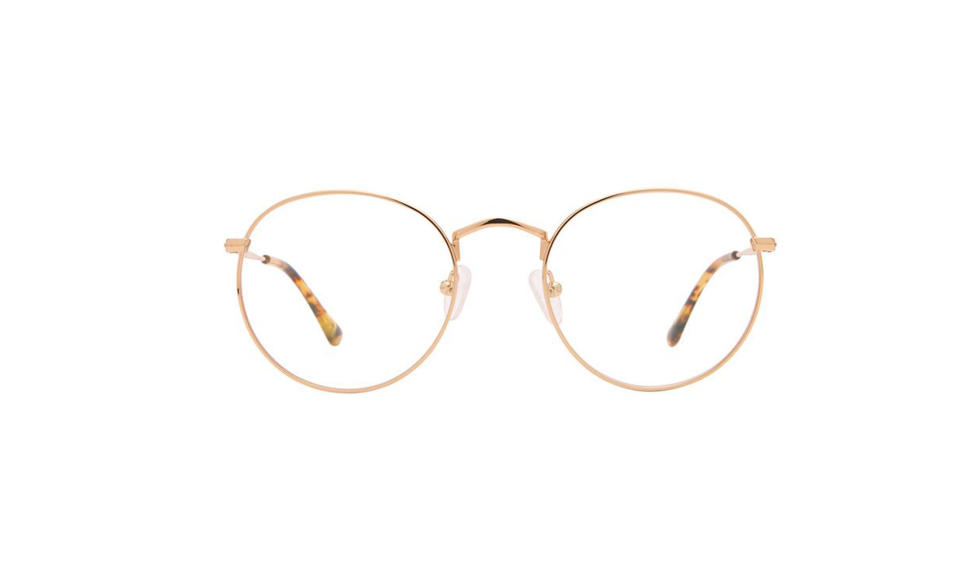
“For good sleep, and after seeing the price, I thought why not,” wrote one Amazon reviewer out of more than 1,100 for these best-selling Tijn glasses ($17). “Glad I did. I put them on as soon as it is dusk and wear throughout the evening until bed for the nights I am home, and I have experienced deeper sleep. The frames are on the cheaper side, but are very lightweight, and the large lenses are also very comfortable as well as cover the whole eye. I have used amber glasses before, but they were too dark and distracting. No problem with this pair — the very light amber is not distracting at all, and I forget I have them on. This has been the cheapest sleep aid I have ever tried. Is this just coincidence or placebo? Don’t know! But can report results.”
If you’d like to give blue-light-blocking glasses a shot to see for yourself, keep scrolling to shop 12 versions below.
The editors at Yahoo Lifestyle are committed to finding you the best products at the best prices. At times, we may receive a share from purchases made via links on this page.
Tijn Blue-Light-Blocking Glasses

Shop it: $17, amazon.com
Warby Parker Finch

Shop it: $95 (+ $50 for blue-light-blocking technology), warbyparker.com
Diff Eyewear Gordan

Shop it: $75, diffeyewear.com
Covry Pavo Beige

Shop it: $105, shopcovry.com
Diff Eyewear Lucy

Shop it: $75, diffeyewear.com
J.Crew Round Blue-Light Glasses
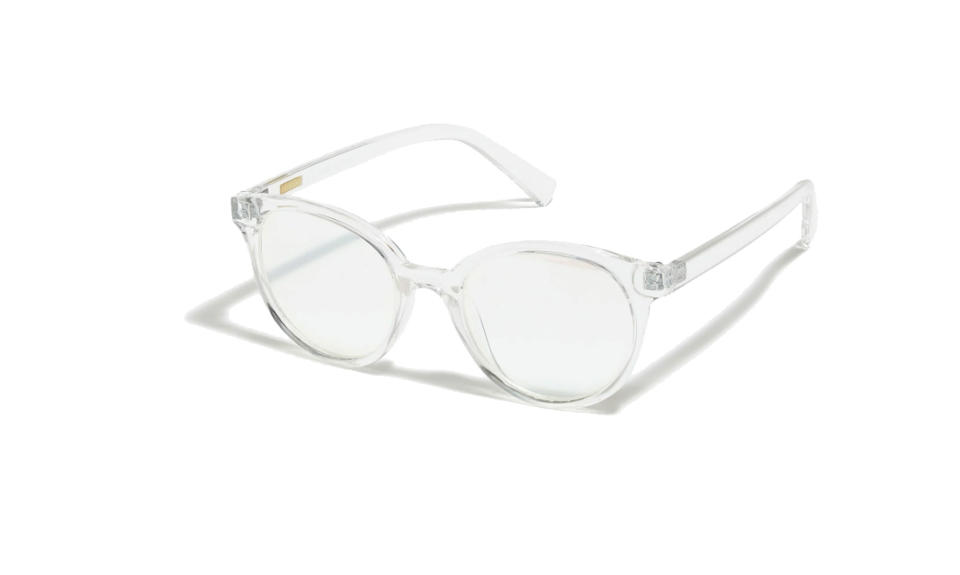
Shop it: $15 (was $30), factory.jcrew.com
Look Optic Screen Abbey

Shop it: $78, lookoptic.com
Quay Australia Walk On

Shop it: $50, quayaustralia.com
Look Optic Screen Laurel

Shop it: $78, lookoptic.com
Covry Salm Amber Brown Tortoise

Shop it: $85, shopcovry.com
Diff Eyewear Aria
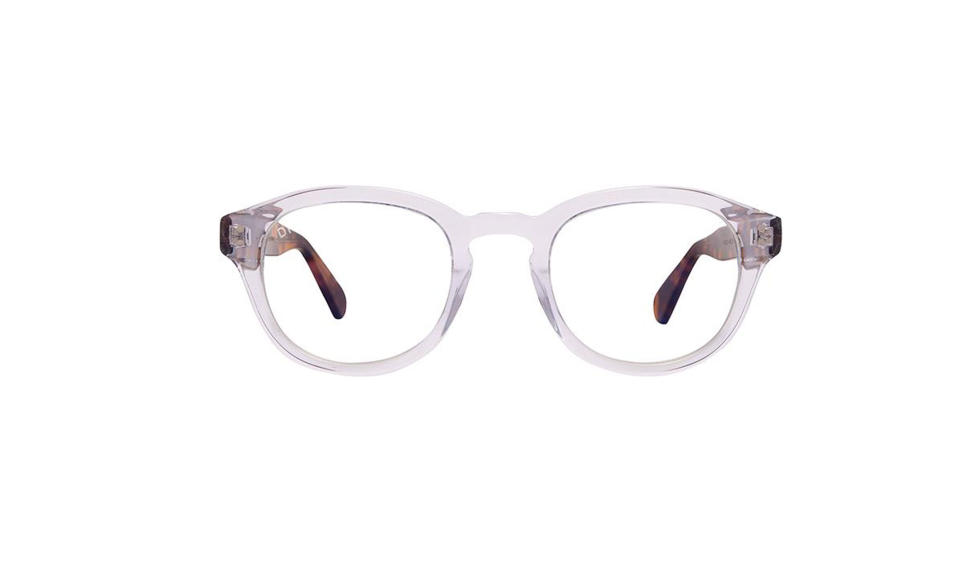
Shop it: $85, diffeyewear.com
Quay High Key Mini
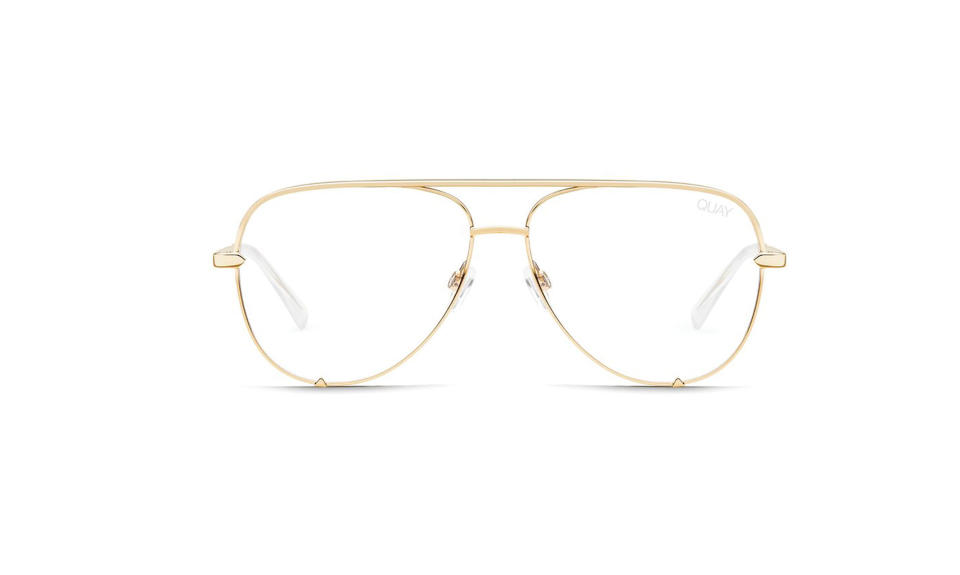
Shop it: $65, quayaustralia.com
Read More from Yahoo Lifestyle:
? Amazon’s best-selling ‘holy grail skin care product’ is also dermatologist-approved
? Kate Middleton twins with Meghan Markle in spring’s hottest jacket trend
? Everything we want to buy from Drew Barrymore’s chic new home line with Walmart
Follow us on Instagram, Facebook, Twitter and Pinterest for nonstop inspiration delivered fresh to your feed, every day.
